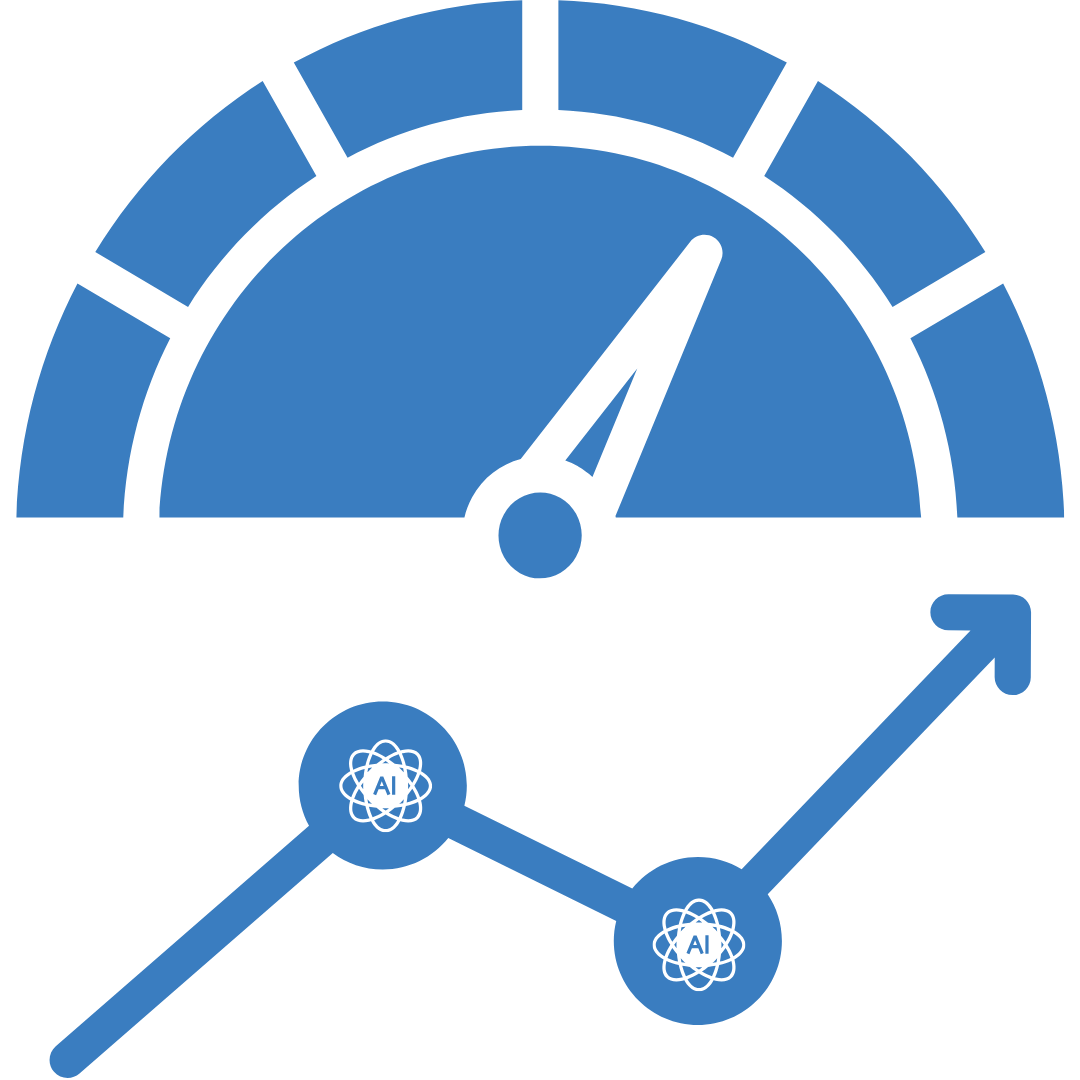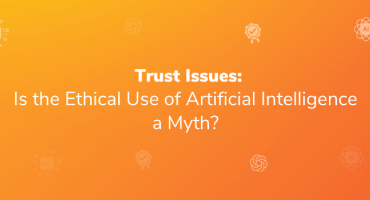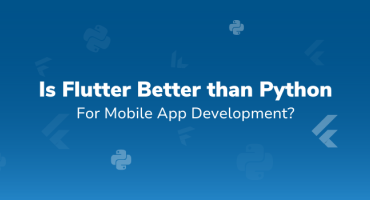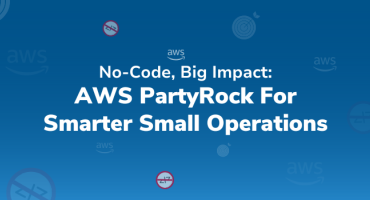How AI-Driven Performance Metrics Tracks Progress More Accurately

Project management and performance tracking have indeed come a long way. Gone are the days of relying solely on gut feelings and manually compiled spreadsheets. It’s the era where artificial intelligence is transforming the way we measure and optimize performance – and how! There’s much to explore on this fascinating topic. Here’s a glimpse of how AI-driven performance metrics are changing the game for businesses and project managers alike.
The Evolution of Performance Tracking
Before we get into the details of AI-driven metrics and how tracking improves performance, let's take a quick trip down memory lane. I remember when I first started in project management, armed with nothing but a trusty notebook and an overflowing inbox. Back then, tracking performance was more art than science. We relied heavily on subjective assessments and lagging indicators that often painted an incomplete picture of project health.
As technology advanced, we saw the rise of more sophisticated tools and methodologies. Project management software, balanced scorecards, and key performance indicators (KPIs) became the norm. These advancements certainly improved our ability to track progress, but they still had limitations. Data collection was often manual, prone to human error, and time-consuming. Plus, these traditional methods struggled to capture the full complexity of modern projects and business environments.
Enter AI-Driven Performance Metrics…

Now, imagine a world where your performance tracking system collects data automatically and analyzes it in real-time, identifies patterns, and even predicts future outcomes. That's the promise of AI-driven performance metrics, and let me tell you, it's not just hype – it's soon going to be the norm if it isn’t already.
AI-powered systems can process vast amounts of data from multiple sources, providing a more holistic view of performance. They can identify correlations and insights that might be invisible to the human eye, helping project managers and business leaders make more informed decisions.
But what does this look like in practice? Let's break it down:
1. Real time Data Collection and Analysis
One of the biggest advantages of AI-driven metrics is the ability to collect and analyze data in real time—no more waiting for end-of-month reports or quarterly reviews. With AI, you can have your finger on the pulse of your project or business at all times.
For example: Imagine Sarah is now managing a large-scale software development project for a new mobile banking application. Here's how an AI-powered system could assist her: Code Quality and Productivity Monitoring, Bug Tracking, Team Communication Analysis, Sprint Velocity Prediction, Resource Allocation Optimization, Early Warning System for Technical Debt, and Stakeholder Update Automation.
2. Predictive Analytics
Here's where things get really exciting. AI doesn't just tell you what's happening now; it can also predict what might happen in the future. Using historical data and machine learning algorithms, AI systems can forecast project timelines, budget overruns, and even team burnout.
I remember working on a complex IT implementation project where we were constantly caught off guard by unexpected delays and issues. With predictive analytics, we could have anticipated many of these problems and taken preventive action. It's like having a crystal ball for your project!
3. Personalized Insights
Every project and every team is unique. AI-driven metrics recognize this and can provide personalized insights tailored to your specific context. The system learns from your data and adapts its recommendations over time.
For instance, it might notice that your team is most productive on Tuesdays and Wednesdays, or that certain team members work best in pairs. These kinds of nuanced insights can help you optimize your project management approach for maximum efficiency.
4. Automated Reporting and Dashboards
Say goodbye to spending hours compiling reports. AI systems can automatically generate comprehensive reports and intuitive dashboards that give stakeholders a clear view of project performance at a glance.
I can't tell you how many late nights I've spent putting together status reports. With AI-driven reporting, you can reclaim that time and focus on more strategic activities. Plus, these reports are often more accurate and insightful than their manually created counterparts.
5. Sentiment Analysis
Here's something traditional metrics often miss: the human factor. AI can analyze communication patterns, language use, and even tone to gauge team morale and stakeholder satisfaction. This emotional intelligence can be crucial for project success.
I once worked on a project that looked great on paper but was actually a powder keg of team conflicts and stakeholder dissatisfaction. An AI system with sentiment analysis capabilities could have alerted us to these issues before they escalated.
Implementing AI-Driven Metrics in Project Management
Now, I know what you're thinking. "This all sounds great, but how do I actually implement AI-driven metrics in my projects?" Great question! Here are some steps to get you started:
Assess Your Current State
Before diving into AI, take stock of your current performance tracking methods. What's working? What's not? This will help you identify areas where AI can add the most value.
1. Choose the Right Tools
There are many AI-powered project management and analytics tools available. Project management platforms like Forecast.app use AI to automate resource allocation and provide predictive analytics. It analyzes historical project data to forecast project timelines, budget requirements, and potential risks. Another example is ClickUp's AI assistant, which can help generate project timelines, create task descriptions, and even draft project status reports based on existing project data.Do your research and choose one that meets your specific needs and integrates well with your existing systems.
2. Start Small
Don't try to overhaul your entire performance tracking system overnight. Start with a pilot project or a specific area of focus. This allows you to learn and adjust as you go.
3. Train Your Team
AI-driven metrics require a different mindset and skill set. Invest in training to ensure your team can effectively use and interpret the new metrics. Similarly, try integrating traditional project management methodologies too. In Agile environments, AI-driven metrics can enhance sprint planning and retrospectives. For instance, an AI system could analyze past sprint velocities, story point estimations, and team capacity to suggest optimal sprint goals. In Waterfall projects, AI can improve critical path analysis by continuously updating task dependencies and durations based on real-time progress data.
4. Continuously Refine
AI systems improve with more data and feedback. Regularly review and refine your metrics to ensure they're providing meaningful insights.
5. Challenges and Considerations
As exciting as AI-driven metrics are, they're not without challenges. Here are a few things to keep in mind:
Data Quality: AI systems are only as good as the data they're fed. Ensure you have robust data collection and validation processes in place.
Privacy and Security: With great data comes great responsibility. Make sure your AI system complies with data protection regulations and has strong security measures.
Over-reliance on Metrics: While AI-driven metrics are powerful, they shouldn't replace human judgment. Use them as a tool to inform decisions, not make them for you.
Change Management: Implementing AI-driven metrics represents a significant change for many organizations. Be prepared to manage resistance and invest in change management efforts.
There are other potential limitations or biases of AI in performance tracking. It's important to note that AI systems can inadvertently perpetuate biases present in historical data. For instance, if past projects consistently underestimated the time for testing phases, an AI system might continue this trend in its predictions. Project managers need to be aware of these potential biases and cross-check AI recommendations with human expertise.
The Future of AI-Driven Performance Metrics
As I look ahead, I'm incredibly excited about the potential of AI-driven performance metrics. We're just scratching the surface of what's possible. In the coming years, I expect to see even more sophisticated AI systems that can:
- Autonomously optimize project schedules and resource allocation
- Provide natural language interfaces for easier interaction with metrics
- Integrate with emerging technologies like IoT and blockchain for even richer data insights
The human touch in project management will always be crucial, but AI will increasingly augment our capabilities, allowing us to focus on the strategic and creative aspects of our work. It’s important to remember that while AI can provide valuable insights, human judgment remains crucial. For instance, an AI system might flag a team member as underperforming based on quantitative metrics, but a project manager would know to consider qualitative factors like the complexity of assigned tasks or personal circumstances affecting performance. The most effective approach combines AI-driven data with human empathy and contextual understanding.
Conclusion
As I wrap up this blog post (and my third cup of coffee), I'm reminded of a quote by management guru Peter Drucker: "What gets measured gets managed." With AI-driven performance metrics, we're not just measuring more accurately – we're measuring more intelligently.
These advanced metrics offer us unprecedented insights into our projects and businesses, allowing us to make data-driven decisions with confidence. They free us from the drudgery of manual data collection and analysis, giving us more time to focus on what really matters: delivering value and driving success.
But remember, implementing AI-driven metrics is a journey, not a destination. It requires careful planning, ongoing refinement, and a willingness to embrace change. As you embark on this journey, stay curious, be patient, and don't be afraid to experiment.
The future of performance tracking is here, and it's powered by AI. Are you ready to take your project management to the next level? I know I am. Now, if you'll excuse me, I think it's time for another coffee. After all, even in the age of AI, some things remain decidedly human.
To know more about AI-powered project management, services,t and how SJ Innovation has adopted an AI-first approach, get in touch with our experts!

Trust Issues: Is the Ethical Use of Artificial Intelligence a Myth?

Is Flutter Better than Python for Mobile App Development?


